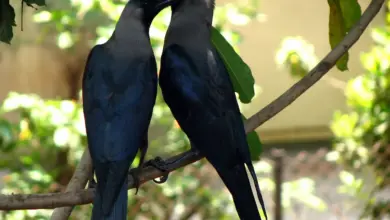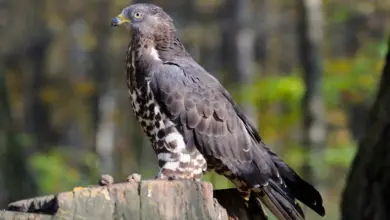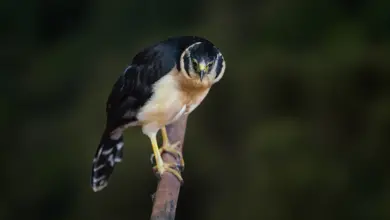The King Rails (Rallus elegans) are the largest North American rails.
Some authorities lump them together with the very similar Clapper Rail as one single species. There are arguments for and against this theory. They do share many physical similarities and are known to interbreed in areas where their ranges meet.
However, the Clapper Rails show a definite preference for saltwater marshes, and King Rail typically frequent freshwater habitats. DNA tests to verify their relationship have so far been inconclusive.
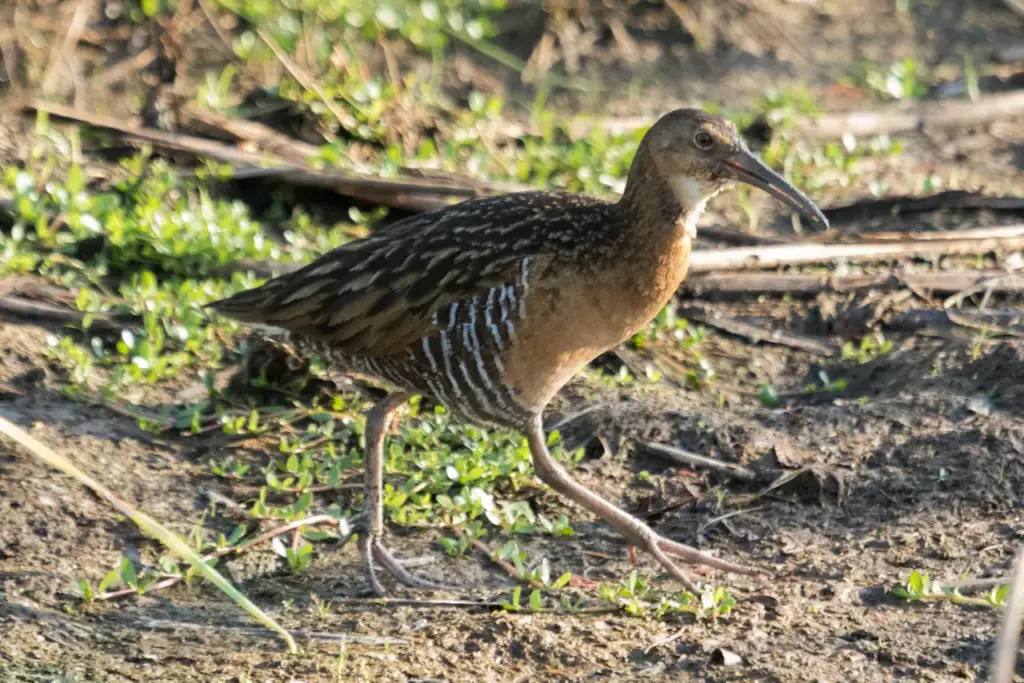
Distribution / Status
These chicken-like marshbirds are found in eastern North America.
Those occurring along the southeastern coasts of the United States are permanent residents. Other populations migrate south to the southern United States and Mexico for the winter.
Even though they are still common in some coastal areas, the interior populations have declined due to habitat destruction
Description
They are about the size of a chicken with long down-curved bills. Adults have brown backs, rusty-brown faces, white throats, rusty-brown chests with dark brown caps, and creamy abdomen with barred flanks.
Juveniles can be identified by their lighter brown heads and darker brown backs and wings.
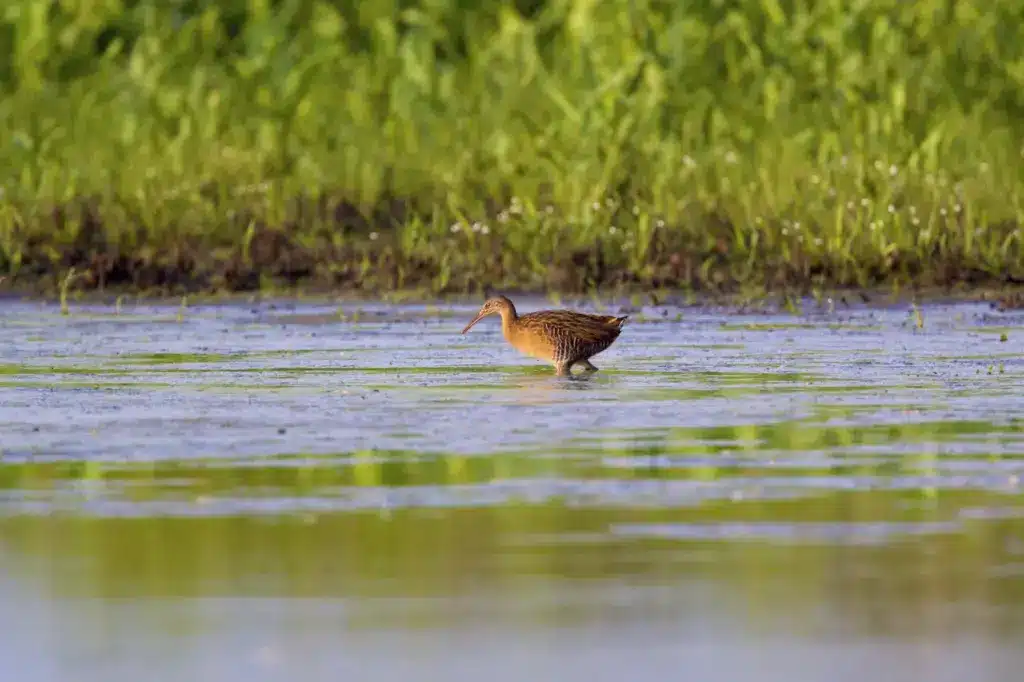
Breeding / Nesting
Clapper Rail usually places their raised platform built with marsh vegetation and places them in areas where they are hidden by a canopy. The eggs are cream-colored with purplish spots. The average clutch consists of 3 – 7 eggs. The hatchlings are covered in black down and can leave the nests within one day. Both parents feed and guard the young until they are independent.
Diet / Feeding
Their diet mostly consists of small fish, aquatic insects, seeds, bird eggs, and slugs. Foraging is usually done in shallow water near cover or mud sometimes probing with their long bills. These birds rarely fly, usually seen walking around as they search for food.
Calls / Vocalizations
Their calls are described as low grunts.

